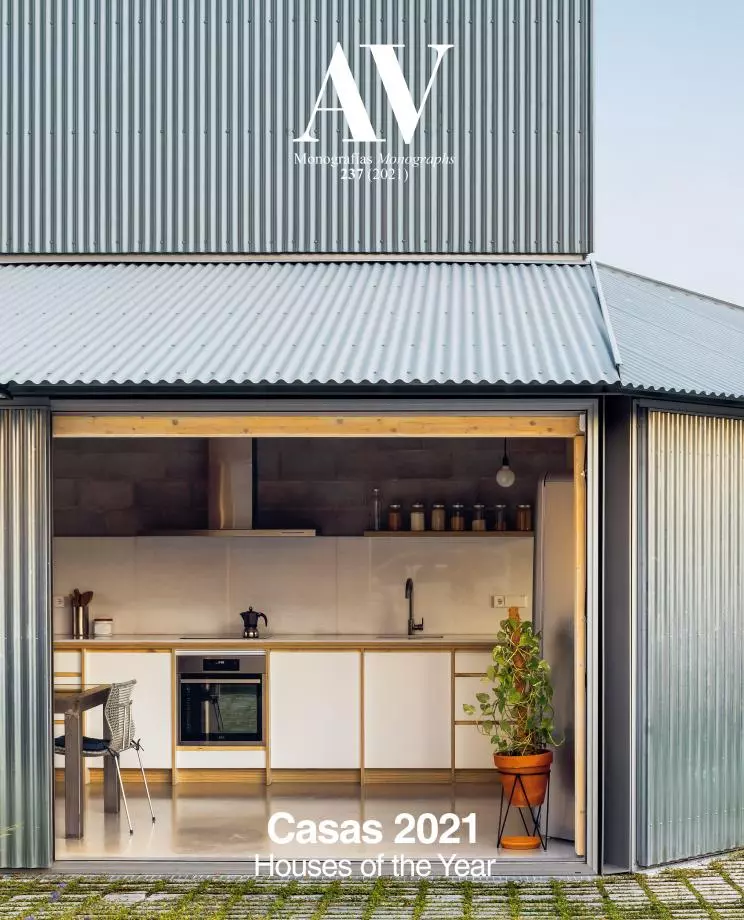
One by one, houses can become imbued with the arrogant aura of the extraordinary. Associated, they acquire the fertile condition of what can inspire familiar or serial progeny. Beyond the urban or ecological critique of detached homes, the house is conventionally associated to the custom-made suit of personal taste, while housing is judged as the prêt-à-porter dress of collective need, and are thereby often analyzed opposing the psychology of the subject to the sociology of the crowd; however, some houses do contain a choral project, be it for their material multiplication, or for their aesthetic or intellectual influence. The diptych, for its part, is the seed of the series, the minimum expression of a reproduction project that goes beyond the perishable existence of the unique piece, saving the house from being sequestered by the individuality of those who would rather be special than species.
The comparative exam of homes arranged in couples permits detecting common features and specific characteristics that tie the plural with the singular while taking stock of the material or symbolic elements that deserve to last, transferred to other contexts. It is an effort perhaps similar to that of defining the genotype of an organism eluding the infinite variety of phenotypes, simplified here by the use of only two structures, arranged in marriages of convenience because in effect they have a common interest. After all, the procedure can also be interpreted as the analysis of a prototype to achieve the decanting of an archetype that can serve as standard for the production of serial objects, because type is still our best tool, our best defense against the degradation of the stereotype, and the best path to avoid the defiance of what is boastfully presented as extraordinary.
Moving through the anonymous uniformity of serial houses and the ostentatious display of houses in series, the only serious house is one whose inevitably unique nature is combined with its will to explore reproducible features. If “no man is an island entire of itself,” as John Donne claimed when warning us that the bell tolls for ourselves, perhaps the house cannot be seen as an island, but as part of an archipelago of material and mental connections that weave a resistant web over the surface of the ocean, and of which here we have charted a few ties and knots through a conversation orchestrated in dialogues and a concert crystallized in duets. This set of domestic diptychs is a selection – hopefully not too out of tune – of what this ominous year has offered, but the best harvests do not always come in fortunate years, so with some luck architecture may bring us the hope the world today does not deliver.





